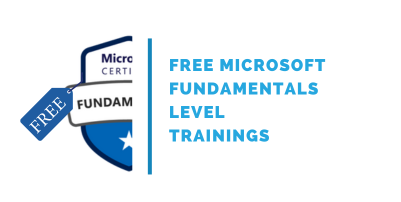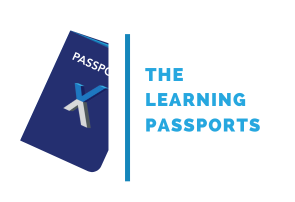
Microsoft Certified: Dynamics 365 Business Central Developer Associate (MB820)

This course is about the development of apps that extend Business Central. This can include creating new modules and modifying existing modules. The developer can add new business logic or change existing business logic by using events. A developer also makes it possible to integrate Business Central with other applications, including Microsoft Power Platform products.
In this course, participants learn how to troubleshoot and debug issues in the system. This may involve identifying the root cause of a problem, fixing bugs, and testing the solution to ensure it works as expected. Business Central developers may be required to optimize the performance of the system by identifying bottlenecks and improving code quality. Business Central developers are responsible for upgrading the system, migrating data, and maintaining the system to ensure it remains up to date and secure.
This training is a comprehensive preparation for the MB-820: Microsoft Dynamics 365 Business Central Developer exam for obtaining the Microsoft Certified: Dynamics 365 Business Central Developer. Associate certification.

Private class
Virtual classroom
5
5 days / 35 hours
Price on request
English or French
Contact us for more information on pricing::
Eccentrix
Office: 1-888-718-9732
E-mail: info@eccentrix.ca
130, King Street West, Suite 1800
Toronto, Ontario M5X 1E3
www.eccentrix.ca



